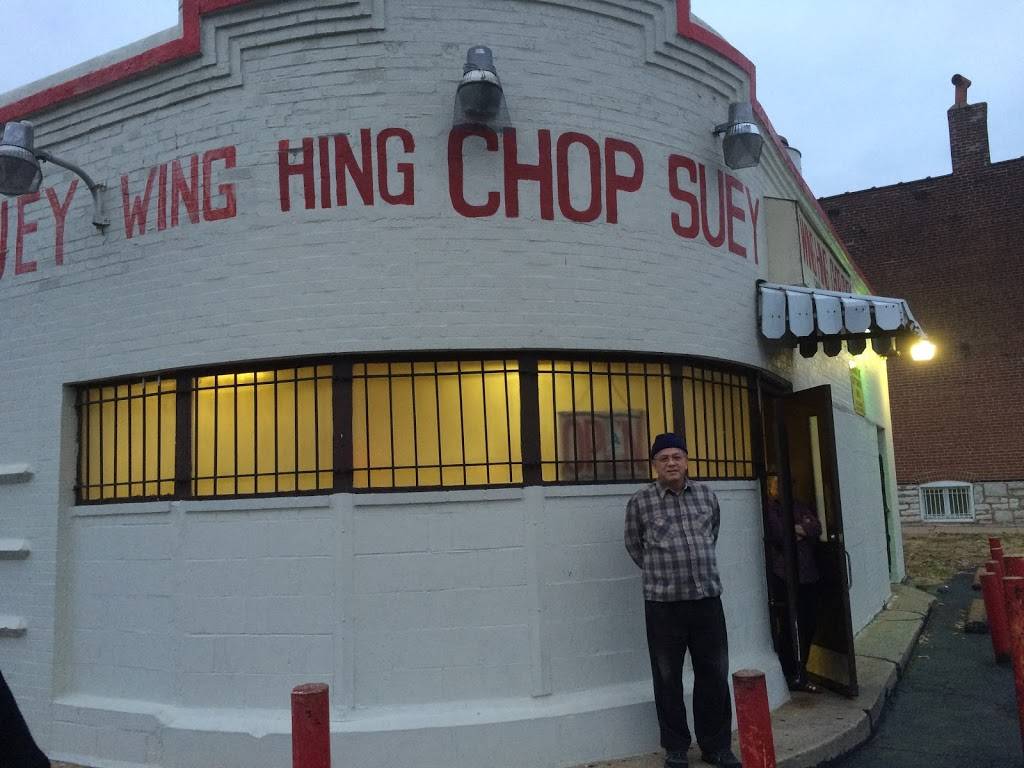
Just about every town across the country, I learned, has its own Chinese restaurant – according to some estimates, more Chinese restaurants than all fast-food restaurants combined. Newcomers are still arriving in Canada and still moving to small towns to open Chinese restaurants. The curling-rink location of Ling Lee’s Chinese Cuisine, with a backdrop of a mural depicting historical figures throwing curling stones, helps make it part of the fabric of the community in Thunder Bay, Ont.Īnd, she said, they aren't disappearing. For a century and a half, they have been quintessential small-town Canadian institutions. They create jobs and opportunities for newcomers and they fill a void for the entire community, often providing services and infrastructure that don't otherwise exist. These restaurants serve many purposes, said Cho.

Of course there are Chinese-American restaurants in the United States, but the story up here – from the way the restaurants spread across the country along with the railroad, to the invention of dishes like Alberta ginger beef and Thunder Bay Bon Bon ribs – is uniquely Canadian. "They are, in very much a weird way, a Canadian thing," said Lily Cho, a York University professor who has written a book on Chinese restaurants. But, at least on Fogo Island, that didn't seem to be the case. I had assumed the small-town Chinese restaurant was a fading piece of the country's history, a relic of the past.

Now living in Toronto, I've witnessed first-hand the rapid development of very diverse Chinese cuisines in this city, too. I would listen as relatives argued about which dim sum restaurant's har gow wrapper was the thinnest, or whose xiao long bao the juiciest. A mix of ideas both East and West and, to my eyes, frozen in time.įor my family, and every other Chinese family I knew growing up in Vancouver, food was an obsession. The name "chop suey" translates more or less into "assorted mix," and refers to a repertoire of dishes mostly developed in North America in the mid-20th century. This was "chop suey" cuisine, which is distinct from "authentic" Chinese food. "Good in that guilty pleasure kind of way." "Chinese Canadian food," the writer proclaimed. There was also a photo of the Kwang Tung menu, an inventory of Chinese-Canadian classics: sweet and sour won tons, moo goo guy pan and a long list of dishes dredged in batter, deep-fried and coated in sweet, sticky, vaguely spicy sauces. How did the restaurant wind up there? Why would someone decide to open a Chinese restaurant on Fogo Island? The post included a photo of a plate of food: a deep-fried egg roll, its blistered surface laid atop brown fried rice. I first learned of Kwang Tung after stumbling across it in a food blog post titled " I can't believe there's a Chinese restaurant in Fogo." Like the author, I was bewildered. )Ībout an hour-long ferry ride off the northeast coast of Newfoundland, where the frigid waters of the Atlantic Ocean crash onto a jutting granite shoreline, is the tiny island of Fogo – a place so remote that conspiracy theorists believe it to be one of the four corners of the Earth.Īnd in a small village on this island – where wooden houses and clapboard sheds dot the shore like Monopoly pieces – is Kwang Tung Restaurant, Fogo Island's very own Chinese café.


 0 kommentar(er)
0 kommentar(er)
